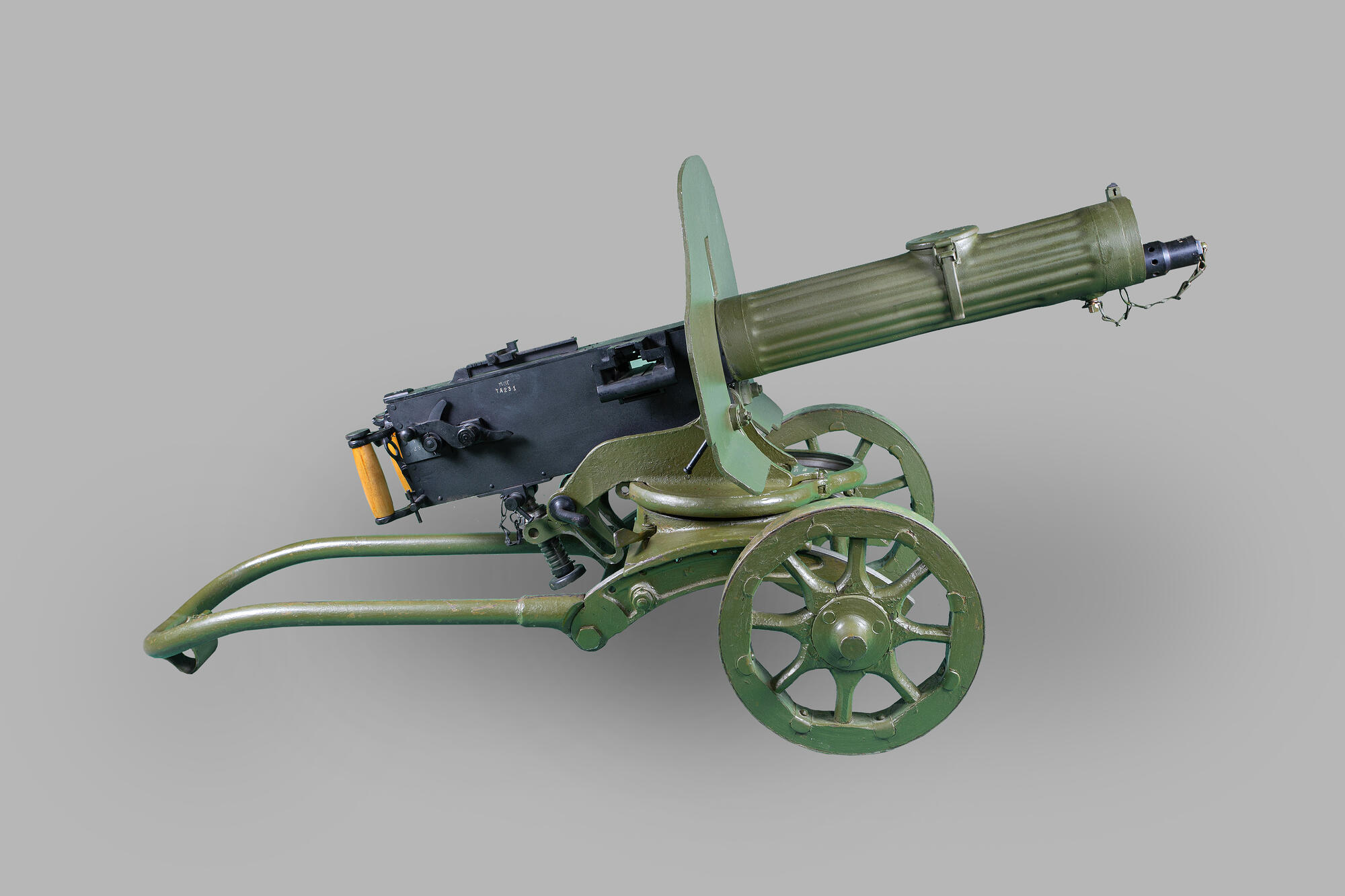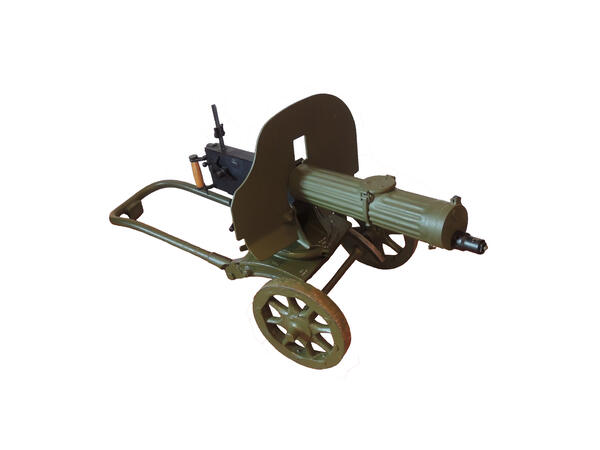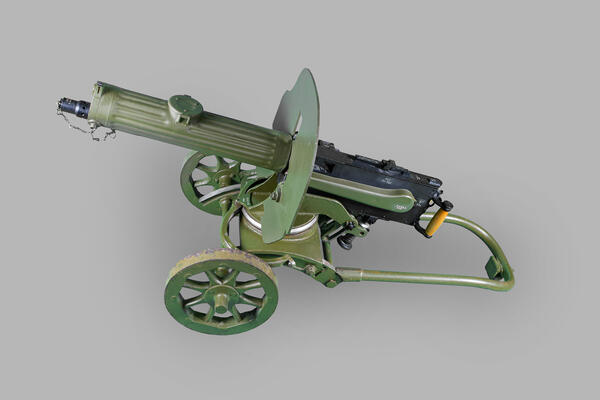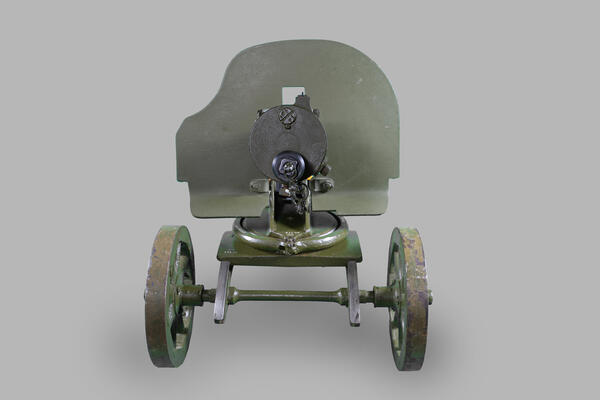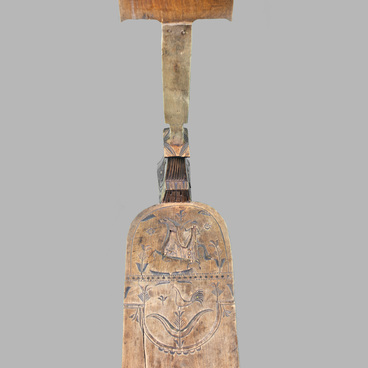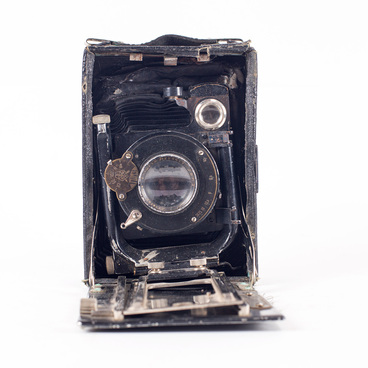The Maxim machine gun is one of the first automatic weapons in the world. It was developed by the British gunsmith Hiram Stevens Maxim in 1883. A version of the Maxim gun was widely used during the First and Second World Wars to destroy open group targets at a distance of up to 1,000 meters. It was used by infantry and mountain rifle troops, border guards, the fleet, and was installed on armored trains, Jeeps “Willis” and GAZ-64.
In 1910, the Hiram Maxim machine gun was ordered by the Russian military department and put into service. It was adapted to the caliber 7.62×54, like the Mosin rifle. A heavy Maxim gun with a machine tool and liquid poured into the casing to cool the barrel weighed about 70 kg. It was the only machine gun in the arsenal of the Russian army at the beginning of the First World War. The soldiers immediately liked the weapon for its simplicity and reliability. The machine gun became a true comrade-in-arms, changing the emphasis in the name from the first to the last syllable: in Russia, it was called “Maximka”.
According to the results of the First World War, the Maxim gun was recognized as the most powerful infantry weapon. It remained the main type of machine guns in the Russian Civil War, when the tachanka — a horse-drawn spring cart with a machine gun directed opposite to the course of movement — became widespread. The tachanka combined the power of machine-gun fire with the speed of a cavalry.
In the 1920s, the design bureau at the Tula Arms Plant began to modernize the Maxim gun. The new model was called the 1910/30 Maxim gun model and was used by the Red Army during the Great Patriotic War. The machine gun remained a reliable weapon and bypassed modern models in a number of characteristics.
In 1943, the machine gun of Pyotr Goryunov SG-43 replaced the Maxim gun. The Maxim machine gun was produced until the end of the war and is still used in some countries. For Russia, it has become not only a weapon of victory, but also a part of mass culture. Officially, the legendary machine gun was last used in 1969 in the Soviet-Chinese border conflict on Damansky Island.
In 1910, the Hiram Maxim machine gun was ordered by the Russian military department and put into service. It was adapted to the caliber 7.62×54, like the Mosin rifle. A heavy Maxim gun with a machine tool and liquid poured into the casing to cool the barrel weighed about 70 kg. It was the only machine gun in the arsenal of the Russian army at the beginning of the First World War. The soldiers immediately liked the weapon for its simplicity and reliability. The machine gun became a true comrade-in-arms, changing the emphasis in the name from the first to the last syllable: in Russia, it was called “Maximka”.
According to the results of the First World War, the Maxim gun was recognized as the most powerful infantry weapon. It remained the main type of machine guns in the Russian Civil War, when the tachanka — a horse-drawn spring cart with a machine gun directed opposite to the course of movement — became widespread. The tachanka combined the power of machine-gun fire with the speed of a cavalry.
In the 1920s, the design bureau at the Tula Arms Plant began to modernize the Maxim gun. The new model was called the 1910/30 Maxim gun model and was used by the Red Army during the Great Patriotic War. The machine gun remained a reliable weapon and bypassed modern models in a number of characteristics.
In 1943, the machine gun of Pyotr Goryunov SG-43 replaced the Maxim gun. The Maxim machine gun was produced until the end of the war and is still used in some countries. For Russia, it has become not only a weapon of victory, but also a part of mass culture. Officially, the legendary machine gun was last used in 1969 in the Soviet-Chinese border conflict on Damansky Island.
